Wales often gets overlooked in favour of its larger and better-known neighbour, England. However, anyone who’s visited Wales will tell you it’s a country of stunning beauty, friendly people, and affordable living (and amazing food and drink).
If you’re considering moving to Wales but aren’t sure which area would suit your needs, this list of the best places to live in Wales will help.
We’ll look at major urban centres and almost unknown rural villages to hopefully find a place that’s perfect for you.
Secure Peace of Mind with Best-Value International Health Coverage
International Citizens Insurance provide free, no-obligation quotes from the leading international health insurance providers with plans tailored to meet your needs. Trusted by thousands of expats worldwide.
1. Cardiff – the capital city
Where better to start than Wales’ capital city?
Cardiff is roughly an hour from the English border and is home to some thriving Welsh businesses. It’s got a great food and nightlife scene and is home to national museums and art galleries.
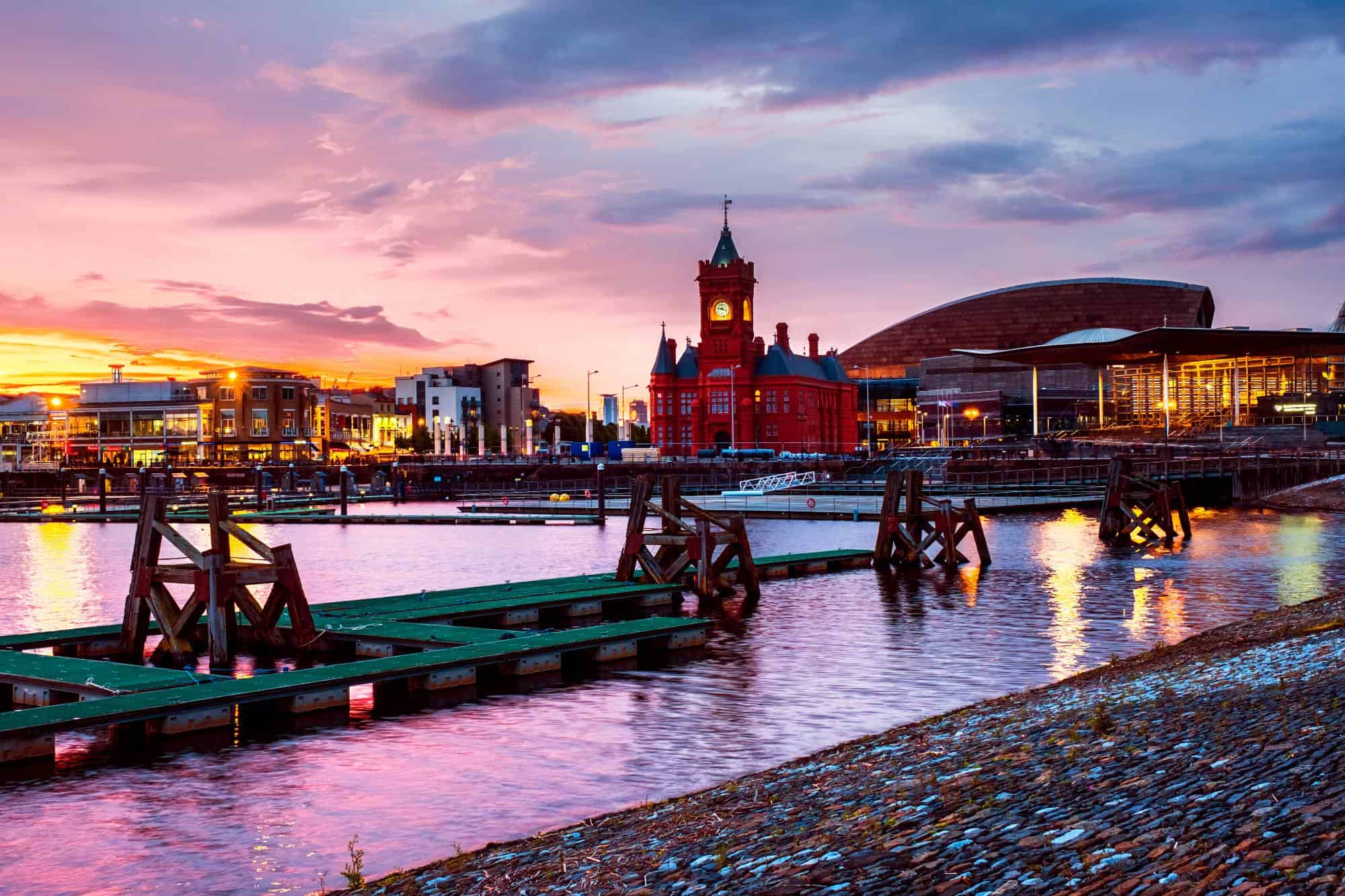
As you’d expect from a capital city, the cost of living is pretty high. However, compared to cities in England, you’ll still get value for money.
It comes with plenty of standard capital city features busy roads, multicultural communities, and lots of students.
This all combines into a fascinating place to live: modern, thriving, cosmopolitan, well-connected and never boring.
Public transport is pretty good, and you won’t necessarily need a car if you don’t plan on leaving Cardiff much.
Cardiff is a good choice for young professionals, entrepreneurs, and, on the outskirts, families.
Cardiff is also turning into a great film and TV production destination. Torchwood, Doctor Who, His Black Materials are among the most notable dramas produced here.
The creative industry is growing so fast that it's rapidly becoming the biggest employer in the area. If you work or going to work in TV or film production, Cardiff is the right place for you.
There’s also plenty to keep children occupied during the summer holidays, and all the bars should keep parents happy, too!
You can find more details about Wales' capital including the cost of living and the best areas, in our Living In Cardiff guide.
2. The Vale of Glamorgan – living rural next to the capital
The Vale of Glamorgan (known locally as The Vale) is a county borough that borders Cardiff and sometimes is referred to as the garden of Cardiff.
If you want the convenience of a city without urban living, it’s a great choice. A large part of its population is families with members who work in Cardiff, evidenced by The Vale being one of the wealthiest areas in Wales.
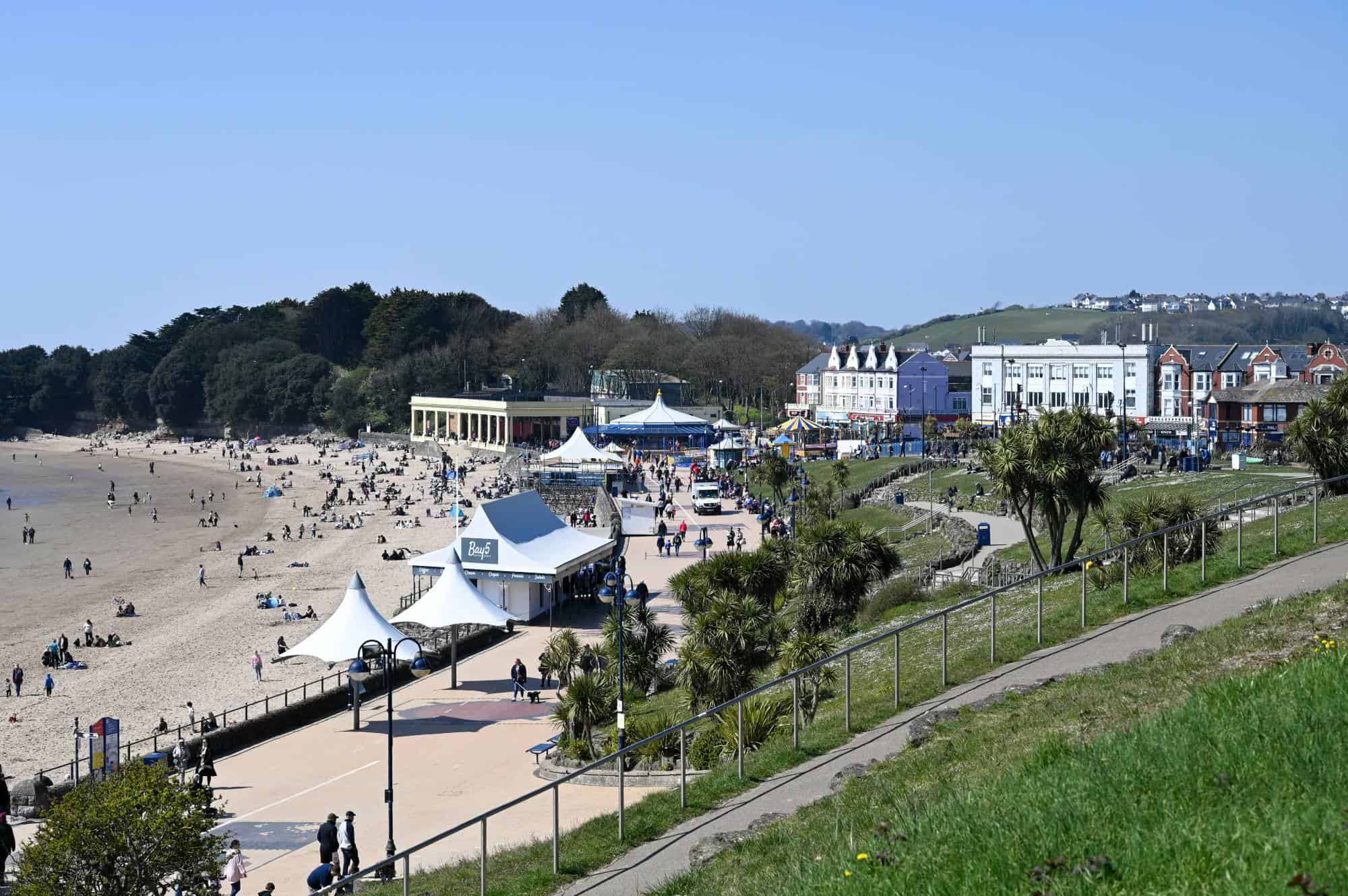
The Vale is home to some of Wales’ most specialised industries. It mainly focuses on chemical production and refinement, but, if this is an area you work in, it’d be a great choice.
It’s mostly filled with small, relatively rural villages, meaning you’ll get a good combination of lifestyles.
One exception is Barry, a tourist seaside town. It’s also the filming location for popular British sitcom Gavin and Stacey, which it embraces whole-heartedly. You can even have your photo taken outside the café Stacey worked in!
Other great places to live include Penarth, which skirts the line between The Vale and Cardiff. Some consider it to be a suburb of Cardiff, but it's a town in its own right. However, this should tell you something about the county’s proximity to Wales’ capital.
Cowbridge is another gorgeous little town located just 7 miles from Cardiff city centre. It's also home to the top secondary school in Wales - Cowbridge Comprehensive School.
Living in the Vale means you have easy access not only to what Cardiff has to offer but also to the idyllic countryside, great golf courses, and scenic walking trails.
Numerous walking paths will take you through coastal and countryside routes with the most scenic views and historical features. And you will find great cafes and pubs on the way to keep your energy levels up!
3. Swansea – straddling urban and rural
Further down the country’s only motorway is Swansea, named not for swans, but a Viking’s eye.
It rose to prominence as the UK’s copper production centre during the industrial revolution, earning it the dubious name of Copperopolis.
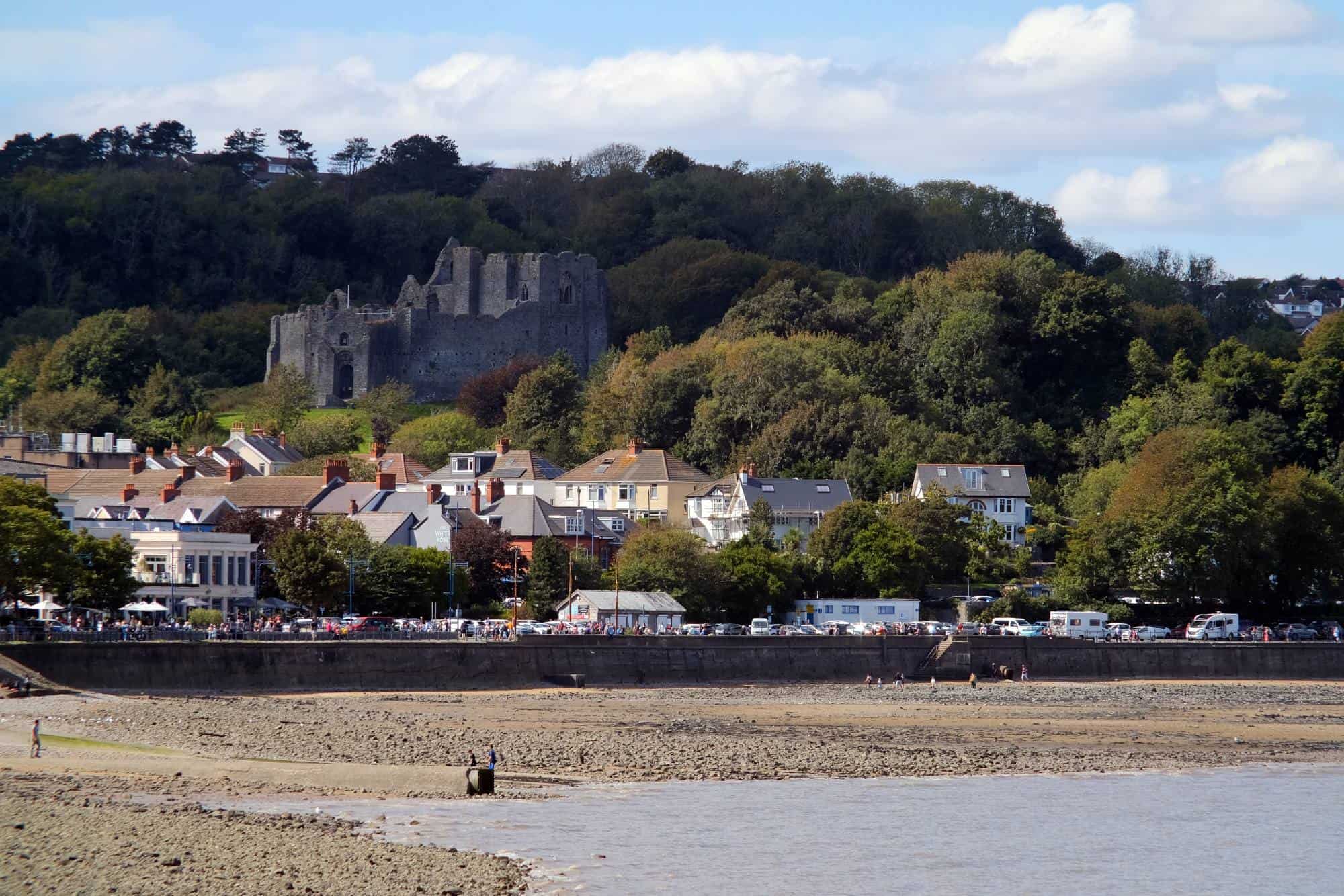
If Cardiff’s busyness puts you off but you still want all the convenience of city living, Swansea is a great choice. The city doesn’t feel too compact but still has everything you need in easy reach.
There’s a diverse range of restaurants, and most of the bars are conveniently located on one road.
Better yet, the Gower Peninsula is just a short drive from the city. It became the UK’s first Area of Outstanding Natural Beauty in 1956, a title it more than earns.
As such, Swansea is a great choice for those seeking an active lifestyle, particularly if you’re a fan of walking.
The bay walk in particular is great all year round. Swansea is home to the second-largest tidal range in the world, so there are different sea views every time.
If you start on the easternmost point, walking west can take you a couple of hours, but your final destination is worth it. You will arrive at Mumbles village with all the restaurants, cafes, and, of course, Mumbles Pier. Mumbles was called a swanky seaside super-suburb by The Times, and for the right reasons.
Walk just a bit further along the coast, and you will come to Langland Bay - an incredible sandy beach framed by colourful beach huts. It's a perfect spot for a family day out.
There are loads of family-orientated attractions that make Swansea unique.
The city hosts an annual funfair and high-profile concerts in Singleton Park. Some recent acts include Olly Murs and Ed Sheeran!
It’s also got a new arena, which is already drawing in some big names, making Swansea a top contender for Wales’ cultural hub. For more available activities, read our Best Things To Do In Swansea guide.
Swansea has urban and rural options that cater to all tastes. It’s ideal for retirees, whether you want an active or quiet retirement and families.
4. Abergavenny – the gateway to Wales
Abergavenny is a small market town in Monmouthshire. It’s known informally as The Gateway to Wales because it’s only 6 miles from the country border and is very close to Offa’s Dyke, the historic border between England and Wales.
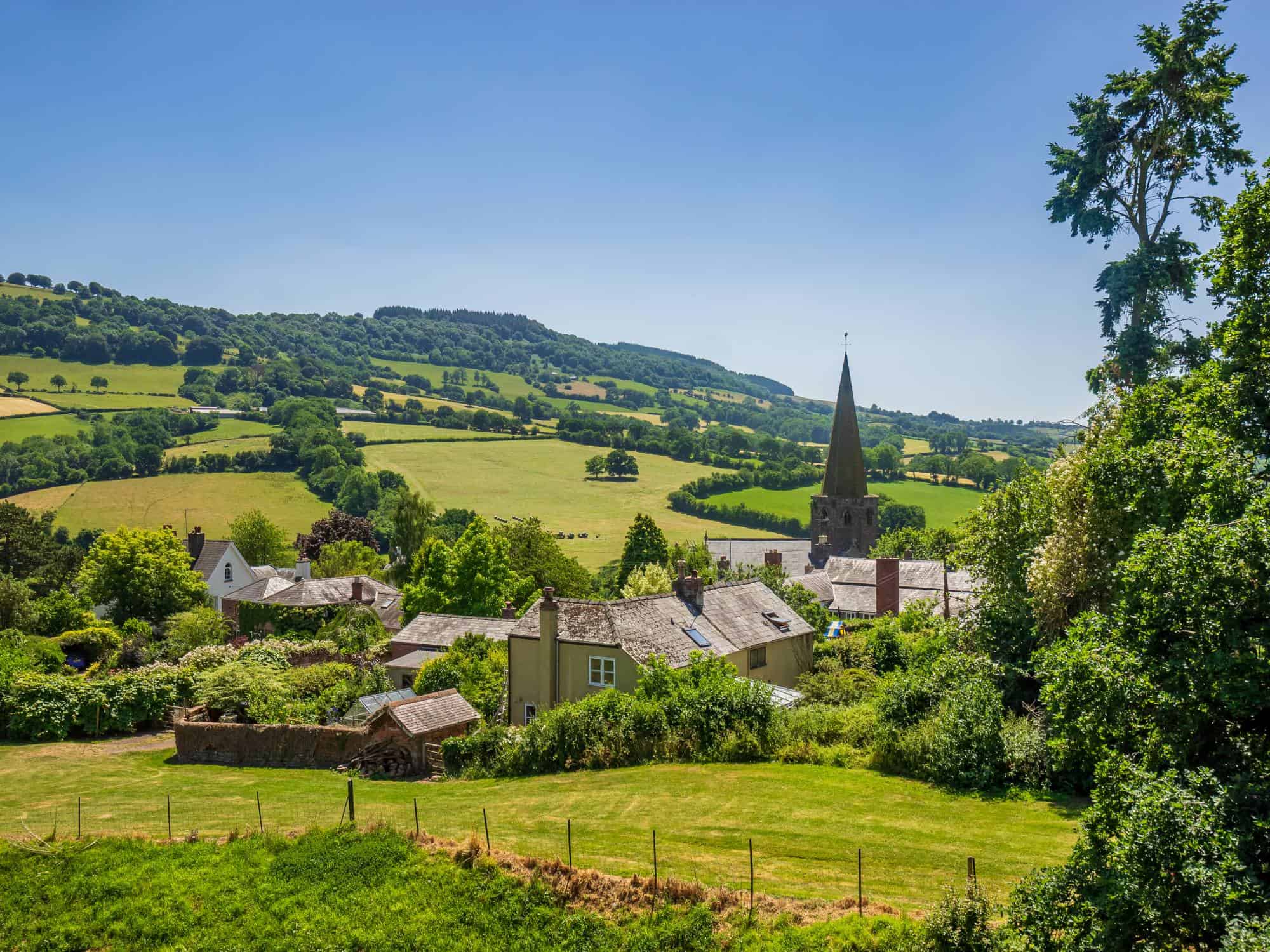
Among other things, the town is a food lover’s haven thanks to its annual food festival and independent restaurants that serve some fantastic local food.
It’s also home to an indoor market hall that hosts everything from flea and antique markets to a local farmers market.
One of the best local delicacies is Y Fenni (ee venny), mature cheddar with wholegrain mustard and beer. It’s perfectly at home on any ploughman’s lunch!
Abergavenny’s location makes it an ideal choice for families and workers wanting to commute to England but who still want access to everything Wales has to offer.
It’s very close to the Brecon Beacons, including some of its “lesser” hills, such as Sugar Loaf Mountain. At only 596m high, it’s an easy walk for the whole family!
It’s a fairly quiet town that’s got some lovely walks and local history to enjoy.
There are quite a few very pretty villages in the area with some such as Grosmont having been described in the press as ‘The most beautiful village in Britain’ and ‘One of the best villages to call home'.
You will never fall short of spectacular walks and quaint village pubs, but if you’re looking for bigger family days out, there are plenty of activities within a short drive. This is one of Abergavenny’s biggest draws – it’s pretty close to everything South Wales has to offer.
5. Pembrokeshire – embracing heritage
Pembrokeshire, a historic county on the west coast of Wales, is rapidly becoming a retirement hot spot. It has a beautiful coast and many natural attractions, no wonder people seeking an active lifestyle in retirement choose to move here.
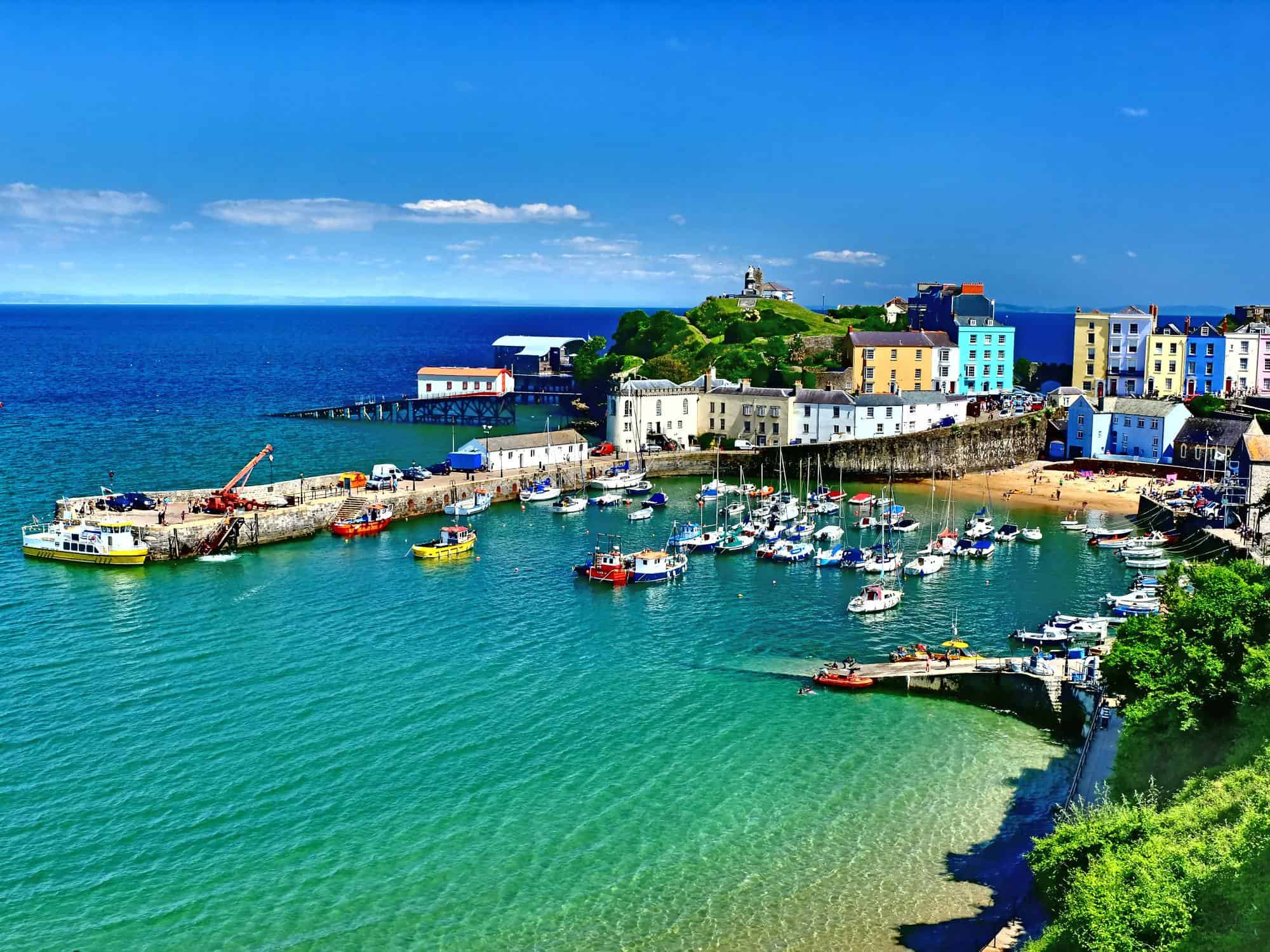
It houses Pembrokeshire Coast National Park, which takes up roughly a third of the county’s area. As you can imagine, this makes it a great choice for active people who love the sea.
One of the highlights is Freshwater West, a beautiful beach that’s a popular filming location. It’s been everything from Dobby’s Shell Cottage in Harry Potter to a double for Dunkirk.
You can still make a pilgrimage to Dobby’s grave and check out other filming sites on the Hollywood Trail.
Pembrokeshire is a sunny place. The warm weather comes early, which is why the whole country gets the first new season potatoes from here.
Dale, for example, is one of the sunniest places in Britain with over 1,800 hours of sunshine a year. Compare it to the UK's meagre average of 1493 hours and you will see what makes Pembrokeshire so attractive.
Notable towns in Pembrokeshire include Tenby (a tourism hotspot), Pembroke, and Newport.
Tenby and nearby Saundersfoot are worth considering if you are drawn to town beaches and don't mind dense tourist crowds in summer.
Narberth which is further inland was named the best place to live in Wales once. It boasts quirky antique shops, vintage and craft outlets, delicatessens, coffee houses and a great community spirit.
Going north along the coast you will find Goodwick and Fishguard - two lovely coastal towns that wrap around Fishguard Bay. Fishguard is the main shopping and commercial town in north Pembrokeshire. It has a thriving high street, a leisure centre and even a theatre where films and live performances are shown.
Further north there are some picturesque villages along the coast and inland. The closer they get to Cardigan - the capital of the next county Ceredigion which sits almost on the county border - the more popular and pricier they are. It's because Cardigan has its own gravity.
However, before we move on to Ceredigion, there's one more location in Pembrokshire that deserves our special attention - the city of St Davids.
6. St Davids – the patron saint’s resting place
St Davids, in Pembrokeshire, has a few claims to fame. The first is that it’s the smallest city by population in the UK (just over 1,600 people in 2011) and also the smallest by urban area.
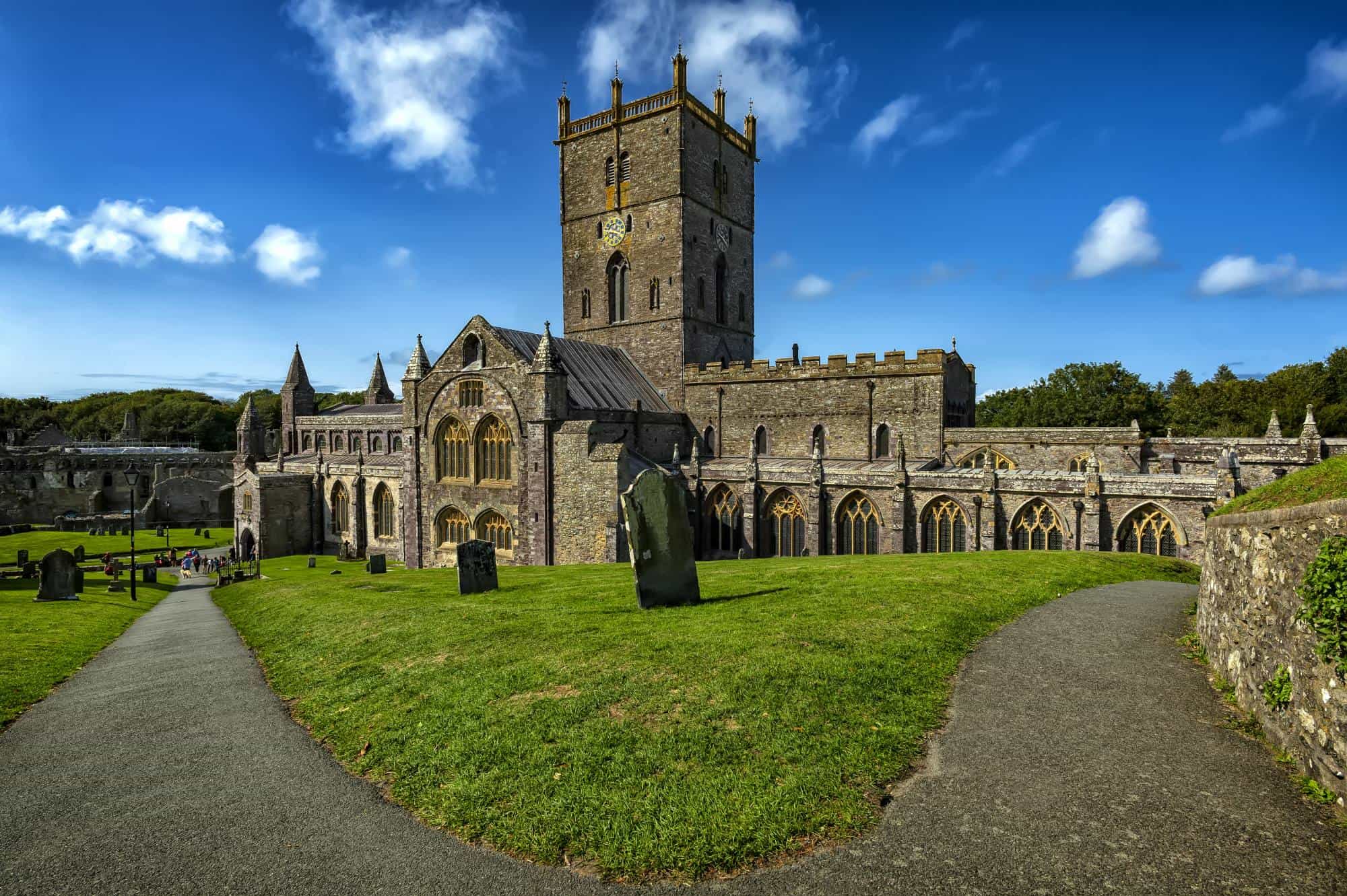
The second is that it’s the resting place of the patron saint of Wales – St David.
It features a 12th-century cathedral, built on the original site of St David’s monastery. The cathedral was a popular site of pilgrimage, which has continued into the modern age in the form of tourism.
It certainly helps that the city itself is quaint and laid-back – arguably a perfect representation of Welsh life. There are 210 listed buildings in the city, making it a great choice for history buffs.
It has also become an attractive destination for artistic types with a little community of artists and crafters working and exhibiting in and around the city.
St Davids would be ideal for people of all ages, particularly families looking for a more rural place to raise children.
One of the local beaches – Whitesands Bay – is regarded as the best surfing beach in the county and one of the best tourist beaches in the world.
So, what makes St Davids unique in the Welsh landscape? Its ancient heritage certainly helps, as do its amazing local beaches. If nothing else, being able to boast that you live in the country’s smallest city can be a fun conversation piece!
7. Ceredigion – the centre of Welsh culture
Known in English as Cardiganshire, the county sits along the centre of Wales’ coastline. The coast has everything you can wish for: rugged cliffs, sandy beaches, hidden coves and stunning coastal views.
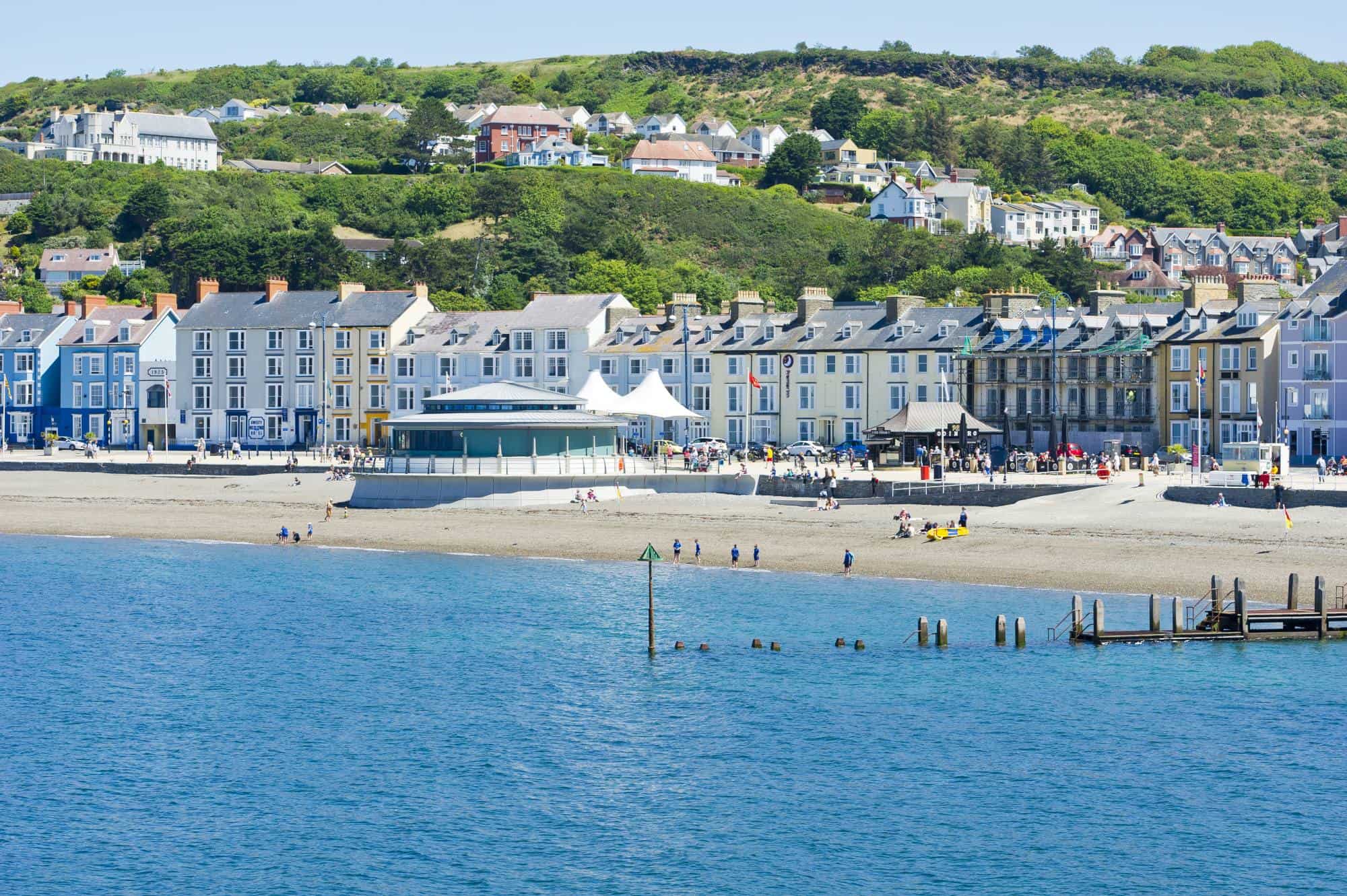
The county is widely recognised as the centre of Welsh culture, as it houses the National Library of Wales and Ceredigion Museum in Aberystwyth, the Hafod Estate, and numerous archaeological remains.
Ceredigion isn’t heavily populated, making it ideal for anyone wanting a quiet life. Aberystwyth University provides a lot of employment, and there are plenty of other industries to work in. However, its peaceful towns are great for families and retirees alike.
Cardigan, the county's capital, has become a favourite spot for all kinds of escapists trying to find a peaceful home away from busy urban life. They flock to Cardigan bringing fresh life and ideas and thus enhancing the town even further.
Along the coast, you will find lovely little towns where life is wonderfully untroubled and serene: Aberporth, New Quay, Aberystwyth and Borth.
One of the main draws of the area is the Ceredigion Coast Path, which stretches 65 miles along Cardigan Bay.
It has amazing views of the sea and the rough Welsh landscape, making it perfect for outdoor lovers. Better yet, there are plenty of pubs to stop at along the way!
Among other highlights in the county are the Aberystwyth Cliff Railway, plenty of old castles, and the Silver Mountain Experience, a historic mine and “theatrical experience”. There are plenty of things to keep kids busy that’ll also appeal to adults.
8. The Brecon Beacons National Park – the outdoor lover’s paradise
The Brecon Beacons National Park on the Brecon Beacons mountain range is a true magnet for everyone who loves the great outdoors. More than that, writers and artists move here for inspiration to get their creative juices flowing.
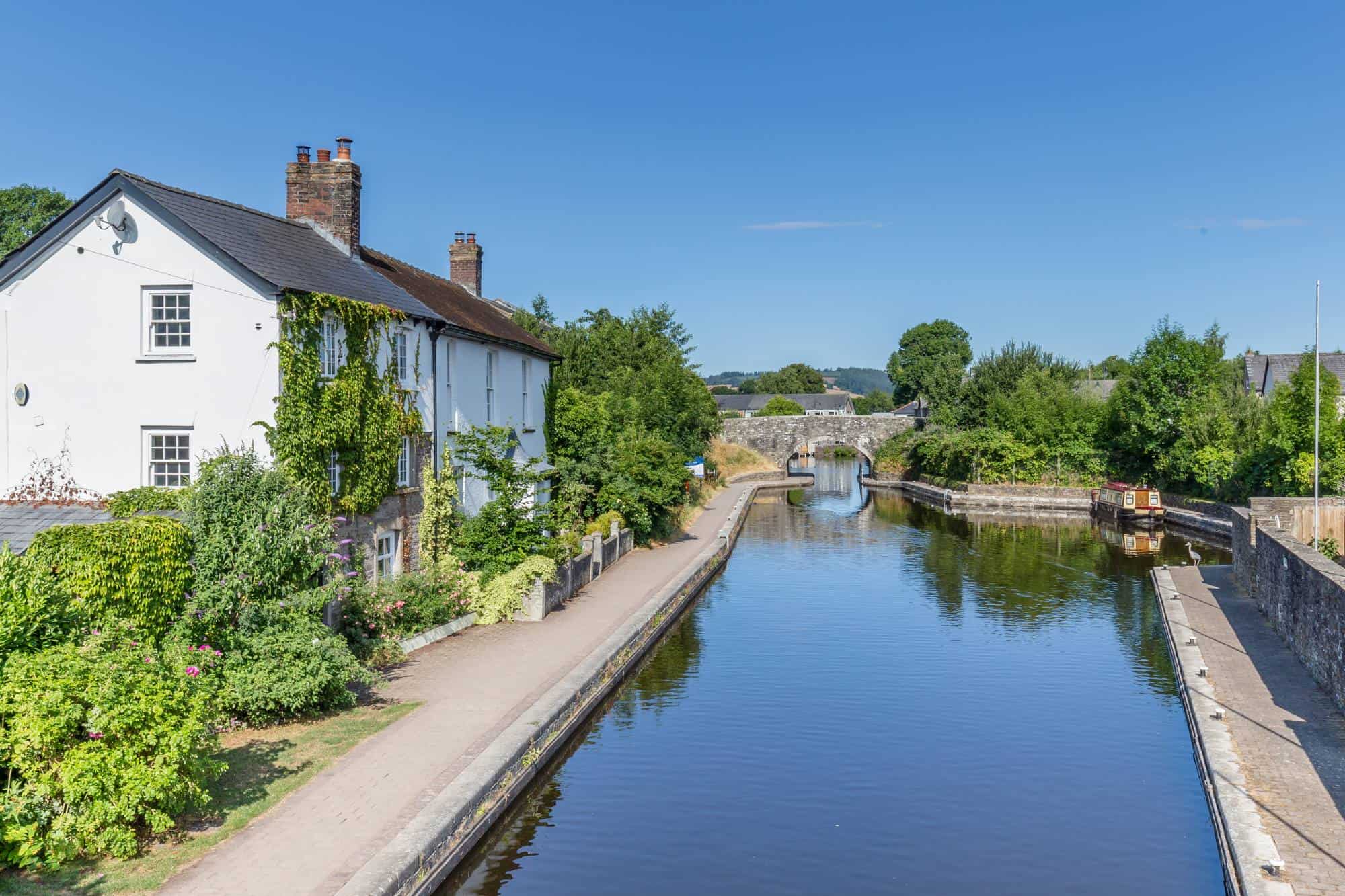
As a result, you will find an eclectic mix of active and intellectual types all attracted to the outstanding natural beauty of the area.
A year-round programme of cultural events including the Hay Festival, Green Man, HowTheLightGetsIn and Brecon Jazz draws visitors from all over the world.
There are numerous towns and villages dotted around the park, including Brecon, Crickhowell, Llandeilo, and Hay-on-Wye. Many smaller towns originated in the coal-mining industry, which had a massive impact on the local landscape.
The Brecon Beacons – along with Snowdonia – are easily the best choice for those seeking an active lifestyle.
Retirees will have a great time here, as it’s calm and peaceful, but necessary amenities are within easy reach. The area’s beauty and tourism industry means that house prices are higher than average, though.
The attraction of living in a national park hardly needs much explanation. But, if you some highlights, Penderyn whiskey distillery is a Mecca for connoisseurs (they even do taste tours), and the independent shops in local towns like Crickhowell are great for shopping.
If you’re willing to do a small drive, you have the National Showcaves Centre for Wales (Dan yr Ogof) within easy reach. It’s an incredible underground cave network (17km long) that was voted Britain’s Finest Natural Wonder.
It’s also home to some interesting dinosaur models, making it a great day out for kids. And, if you’re feeling really special, you can even get married there.
9. Builth Wells – the heart of mid-Wales
Builth Wells is in the county of Powys, which covers most of mid-Wales. The county is very mountainous, meaning travel from north to south is fairly difficult. That said, it makes for incredible scenic driving.
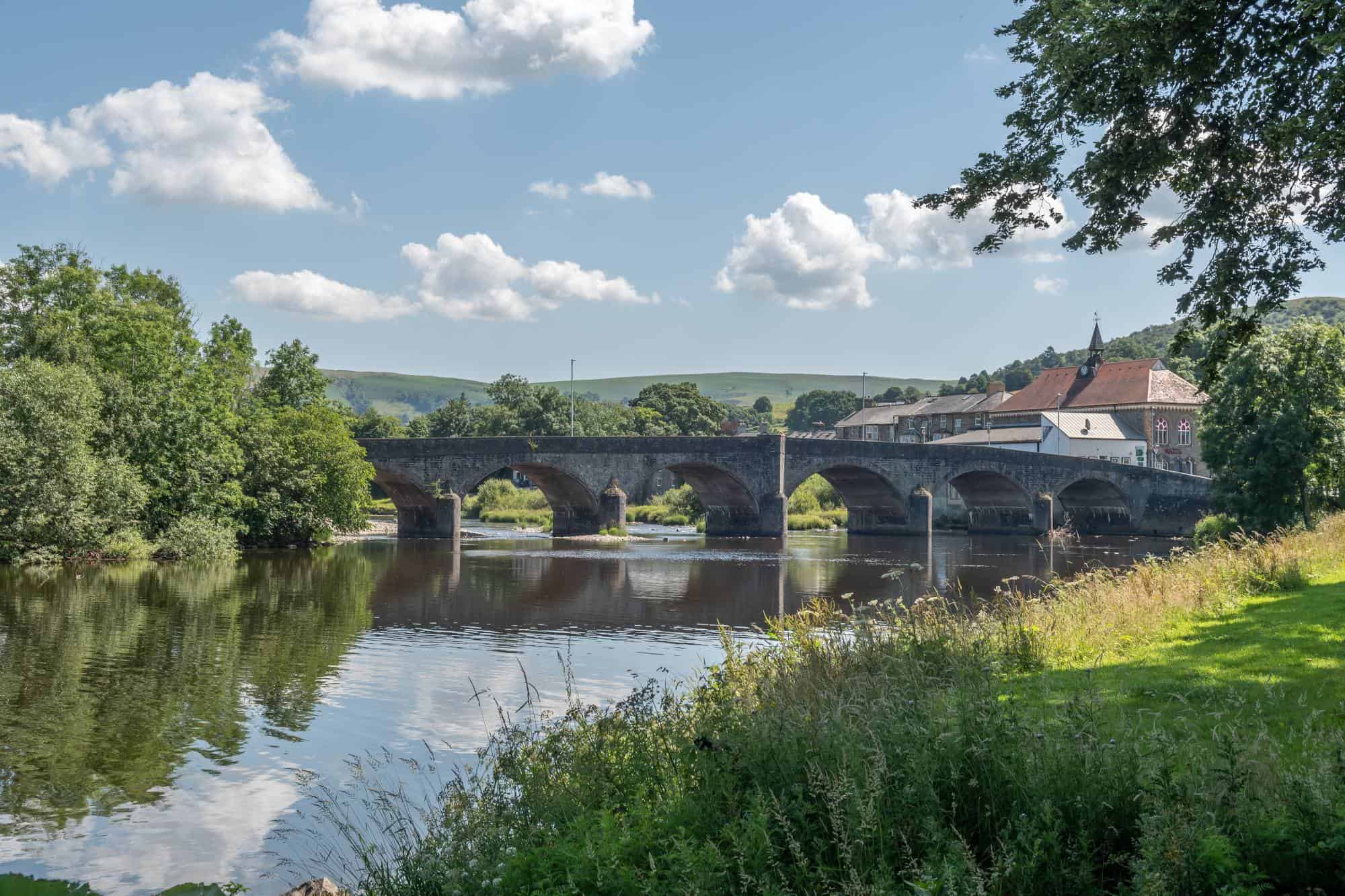
Builth Wells is a market town that’s popular with English retirees, mainly because the county follows the English border. The town’s heritage is thoroughly Welsh, though, making it a great combination of the two cultures.
It’s a very quaint town with plenty of green spaces. Despite difficulty travelling through the county, one of Wales’ main roads runs through the town, meaning it’s possible to get to surrounding towns for work.
It’s home to bilingual schools (a common sight in Wales) that cover all ages. Ysgol Calon Cymru (The Heart Of Wales school) is in the top 10 best secondary schools in Wales.
The town has all the immediate facilities you need for day-to-day living. And don't forget the spectacular Royal Welsh Show that takes place here annually.
As such, Builth Wells and the surrounding area is a good choice for families wanting a rural lifestyle but still with connections to elsewhere in the UK.
Better still, there are plenty of things to keep kids occupied in the holidays. You’ll find adventure farms, a riding centre, and even a go-kart track not too far away. Plus, if you’re really into bikes, the local town of Llandrindod Wells houses the National Cycle Museum!
10. The Isle of Anglesey – the most coast in Wales
Wales isn’t short of coastline, but nowhere is that more true than Anglesey.
Known in Welsh as Ynys Mon, Anglesey is an island off the northwest coast. You reach it by crossing one of two bridges, which are both impressive sights in themselves.
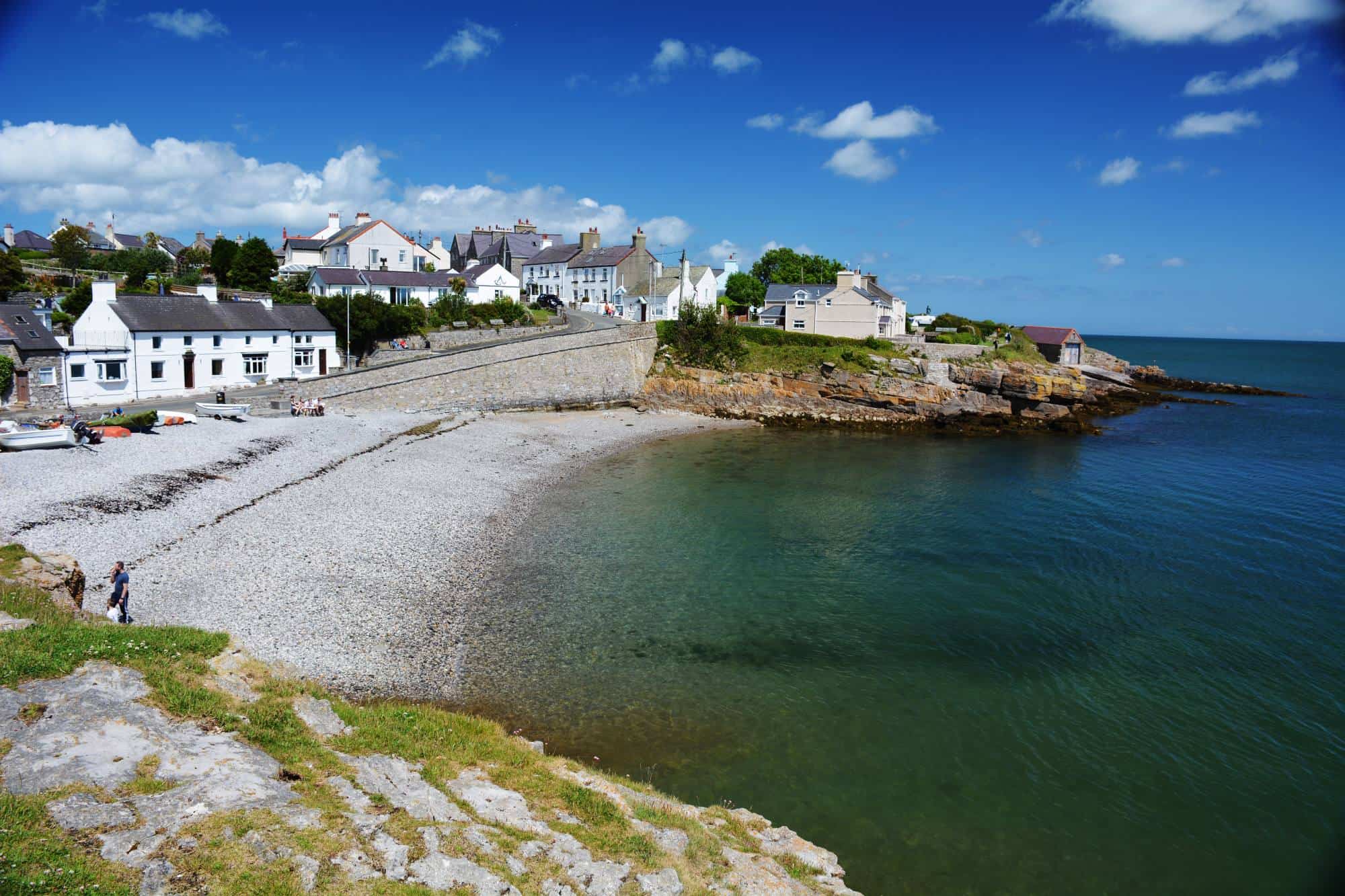
Anglesey’s history dates back thousands of years, although it’s most closely associated with druids. It embraces this heritage, and you’ll find landmarks ranging from Neolithic monuments to Victorian great houses. Much of its coast and wetlands have protected status, as they’re home to several endangered species.
The Anglesey Coast Path is 140 miles long and is a great way to take in the island (not all in one go, of course). It’s a stunning walk any time of year, but in the summer you might see some foreign wildlife, including dolphins.
The island’s main economic activity is tourism. However, it’s also home to some high-skill businesses, including chemical and aluminium processing.
Its location, environment and amenities make it suitable for families and retirees alike. Young professionals would also get on well here, providing they’re involved in one of the available specialist industries.
There’s also a local attraction perfect for romantic walks: Llanddwyn Island. It's home to St Dwynwen, the Welsh patron saint of lovers and has plenty of sights, including quiet beaches and Dwynwen’s 5th-century church. For maximum romance points, visit the island on Welsh Valentine’s Day (25th January).
If you need any more convincing, Anglesey has recently been named the third happiest place to live in Wales, beating the likes of Swansea and Cardiff.
11. Usk – the town of flowers
Usk, in Monmouthshire in South Wales, is known nationally as the Town of Flowers. How did it get this title? Quite simply, it loves to decorate with flowers. In the summer, expertly manicured flowerbeds and window boxes dominate its town centre.
Usk regularly enters (and wins) Britain in Bloom competition.
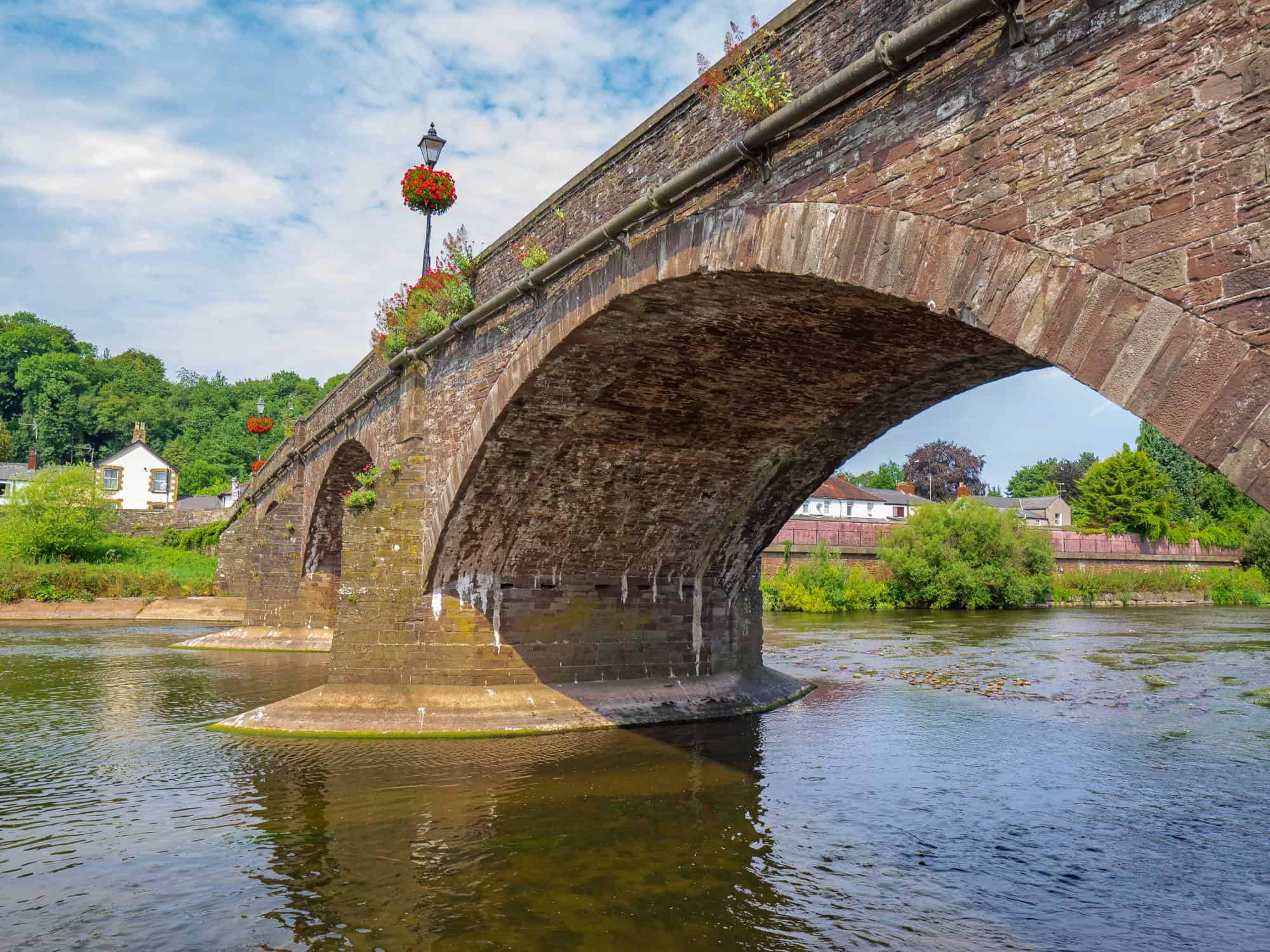
So, what else is there other than flowers?
If you need anything more to convince you, it should be the sense of local community. Despite having a population of less than 3,000, Usk has more than 60 active community groups of all ages.
It also embraces its local producers: you’ll find farmers’ markets, independent shops and cafes, and restaurants that sell local food.
There are many beautiful walks, especially along the river, and lovely pubs and cafes.
Living in Usk you get a scenic rural setting, clean air, safe peaceful environment, vibrant and friendly community, and excellent commuter links.
Usk would be ideal for families and young professionals, as it’s located between Cardiff and the English border, meaning there are plenty of work opportunities.
That said, retirees would have a great time here, too.
12. Carmarthen – the oldest town in Wales
Wales is a country that embraces its history, and that’s very evident in Carmarthen’s claim to fame. Its heritage is both factual and romantic: it’s the home of the Arthurian wizard, Merlin. The word Carmarthen means “Merlin’s keep” or “Merlin’s fort”.
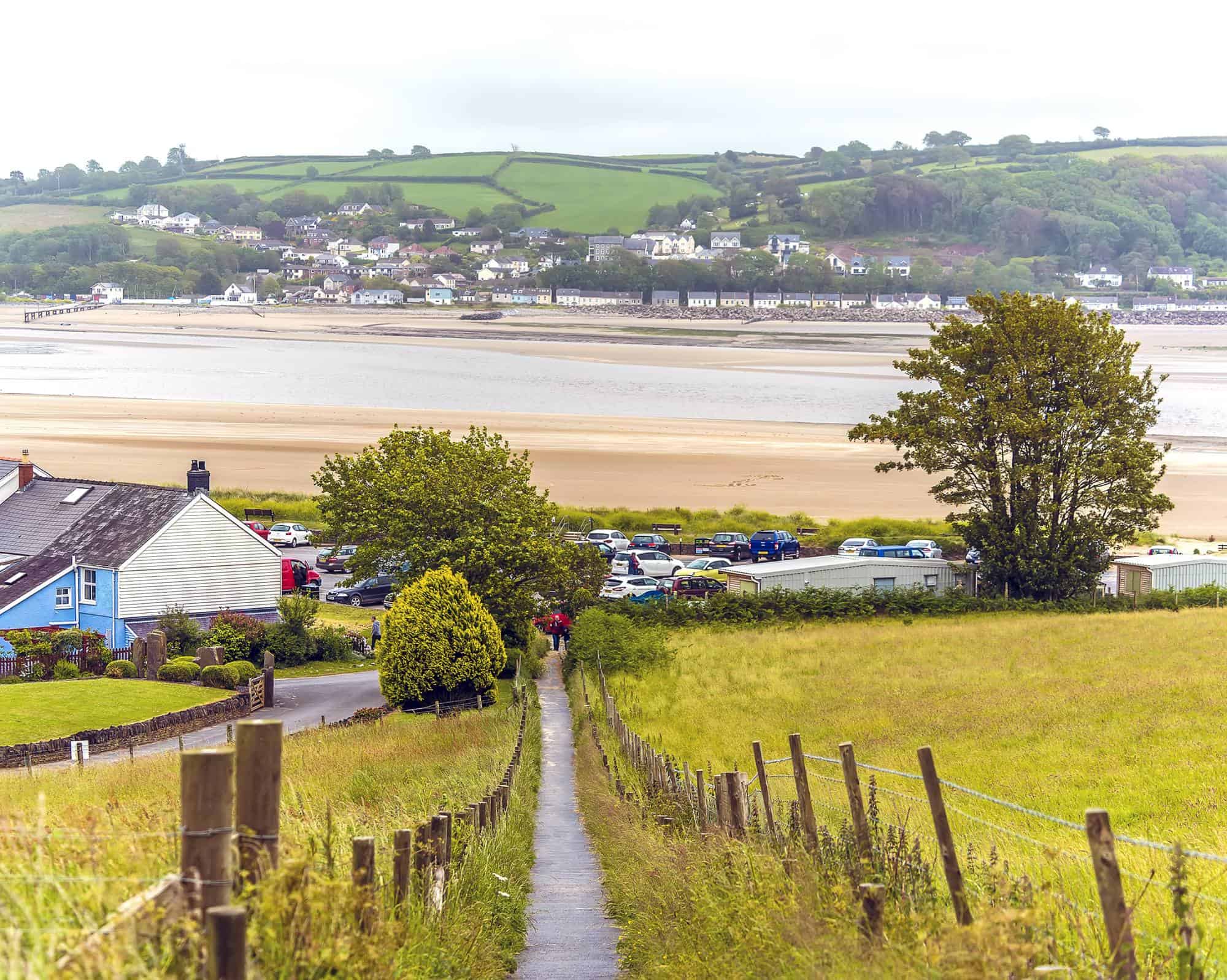
It’s the county town of Carmarthenshire, which is west of Swansea. As such, it’s a great choice for those wanting something rural but still with connections to a major Welsh city.
Carmarthen is home to a university campus and numerous schools. It also has a lovely high street with great shops, restaurants, cafes and a cinema.
It’s a good choice for all ages, but its amenities make it lean closer to families and retirees.
One of the town’s main selling points is its love of Welsh cuisine. There are plenty of great restaurants that serve up expertly cooked local produce.
Living in Carmarthen you will be perfectly positioned to explore great Carmarthenshire beaches. But perhaps your favourite one will be Llansteffan just seven miles south of Carmarthen.
It is a beautiful peaceful sandy beach with views across the River Towy to Ferryside. It also boasts the most amazing fish & chips to be had from a little "hut" by the beach.
Other than its local heritage, a big draw for Carmarthen is the National Botanic Garden of Wales. It’s home to the world’s largest single-span glasshouse (a great claim), which holds rare and endangered hothouse plants.
There’s also a natural sewage garden (more appealing than it sounds), a bird of prey centre, and plenty of fascinating exhibits.
In short, it’s a brilliant location for retirees and families alike.
13. Gwynedd – the seat of North Wales
Wales has a noticeable divide between north and south, seen mainly through language.
Welsh is far more widely spoken in North Wales, particularly in western counties. Gwynedd, the westernmost county in North Wales, has a majority Welsh-speaking population.
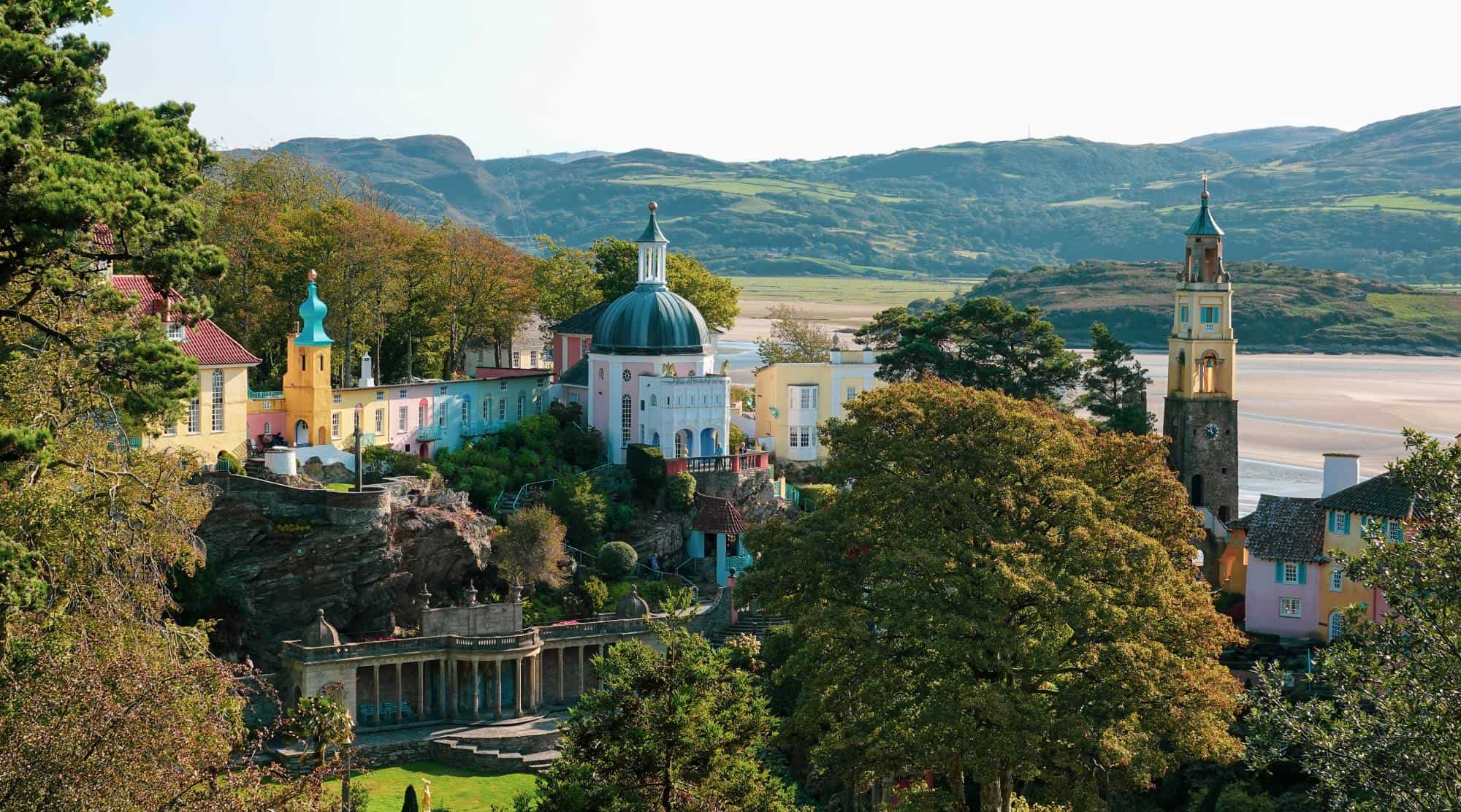
Don’t let this put you off, though. The overwhelming majority of the Wesh speakers are bilingual so you will have no problem communicating.
There are plenty of reasons why you should move here, including education, work, and great outdoor spaces.
Most of Snowdonia National Park is located in the county. The views are unprecedented, of course.
The quality of life and the attractive environment are the main reason people move to Snowdonia National Parks. As technology is improving with better broadband and mobile services more people are now able to live and work in the area.
The largest city is Bangor, which is home to Bangor University. Squeezed between the mountains and the sea, Bangor is a stunning city to live in.
It has the longest high street in Wales, with a mixture of independent businesses, boutiques and chain stores. The beaches are a hotspot for surfers.
You can also cross the bridge into Anglesey and catch a Rib Ride from Menai Bridge, and, who knows, maybe you will be lucky enough to spot dolphins playing in the water.
There are numerous schools across the county, most of which are bilingual. It’d be a good choice for families and retirees, and learning a bit of Welsh would take you a long way.
A big attraction in the county is the national Eisteddfod, an ancient Welsh-language poetry festival. Granted, you might not understand what they’re saying, but it’s an interesting event nonetheless! It moves every year but always happens somewhere in North Wales.
There are some great towns and villages in Gwynedd for all ages and preferences.
The picturesque coastal village of Abersoch on the Llyn Penninsula was dubbed Cheshire-by-the Sea, and Aberdaron will charm you with its quiet magic.
But if you are looking for a particularly special place to retire, read our next entry.
14. Aberdyfi – coastal pleasures
Like many other villages and towns in Gwynedd, Aberdyfi is located in Snowdonia National Park.
It’s a relatively small village that’s very popular with tourists. Nearly 50% of its houses are holiday homes, which is not ideal for the local community. So if you move here permanently, you will be welcomed very warmly.
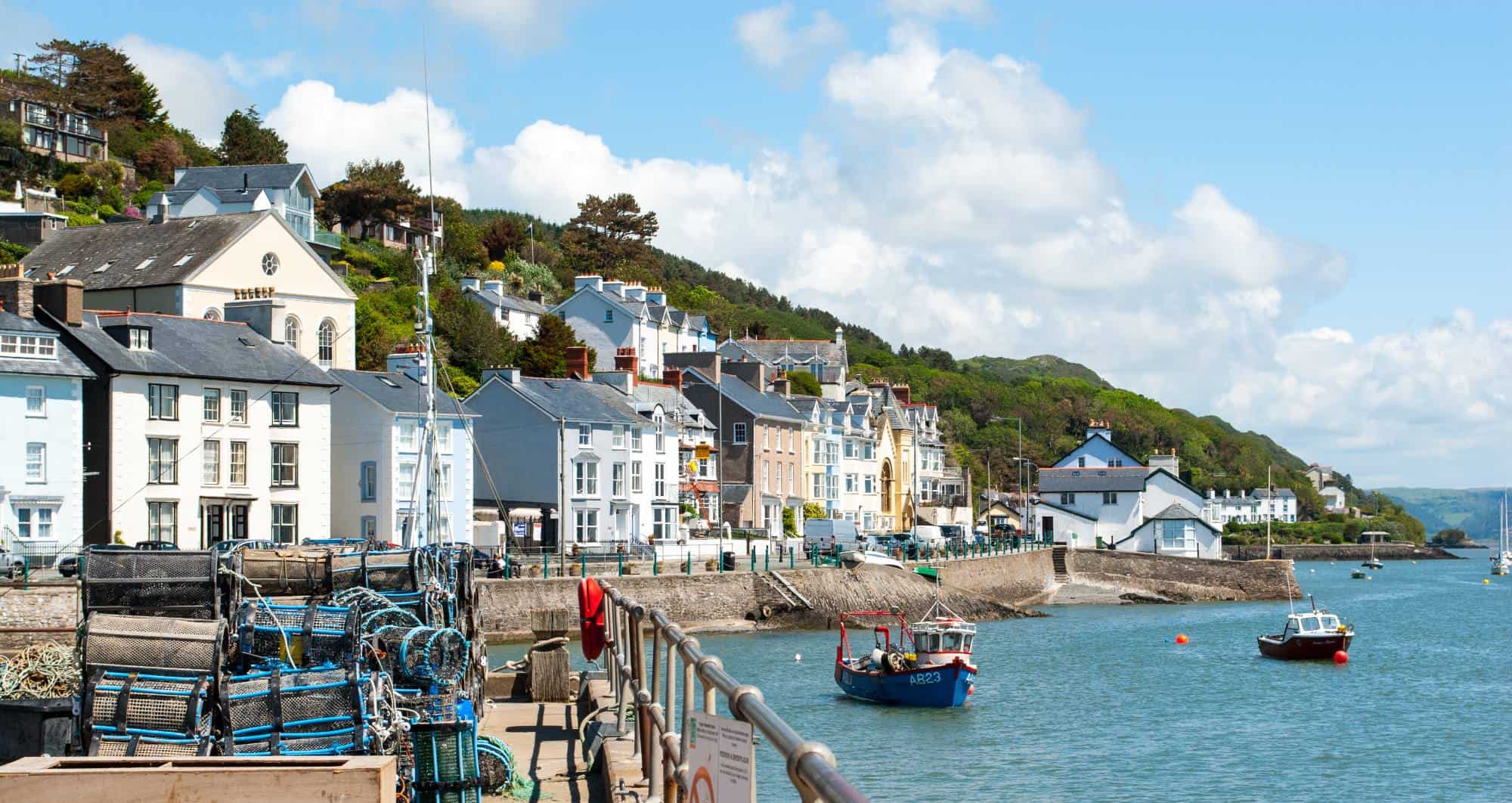
The village has some unique country walks, quaint restaurants, and lonely beaches. Water activities are abundant including sailing, sailboarding, fishing, boat trips and the summer regatta. Aberdyfi also has an 18 hole championship golf course.
As such, there’s a reasonable draw for retirees wanting a quiet lifestyle, although this doesn’t always remain true in the summer. Once people come to their second homes, Aberdyfi transforms into a completely different place.
It’s so popular because of its amazing beaches, which is saying something in a country like Wales.
Aberdyfi is built on the estuary of the River Dyfi (aber, unsurprisingly, means “estuary” in Welsh), so the surrounding beaches constantly shift and change. Wildlife is thriving - there are seals in the estuary and otters along the riverbank.
One benefit of the low population is a lack of night-time activity, meaning you get great views of the night sky.
If the beaches alone aren’t enough, there are plenty of family-friendly attractions in the area. You’ve got Talyllyn Railway for some history, Dyfi Osprey Project for some bird watching, and Dolgoch Falls for some stunning outdoor landscapes.
15. Flintshire – connecting to North England
Flintshire is a tiny county in northeast Wales. It shares a border with the English county of Cheshire, making it a good choice for young professionals working there.
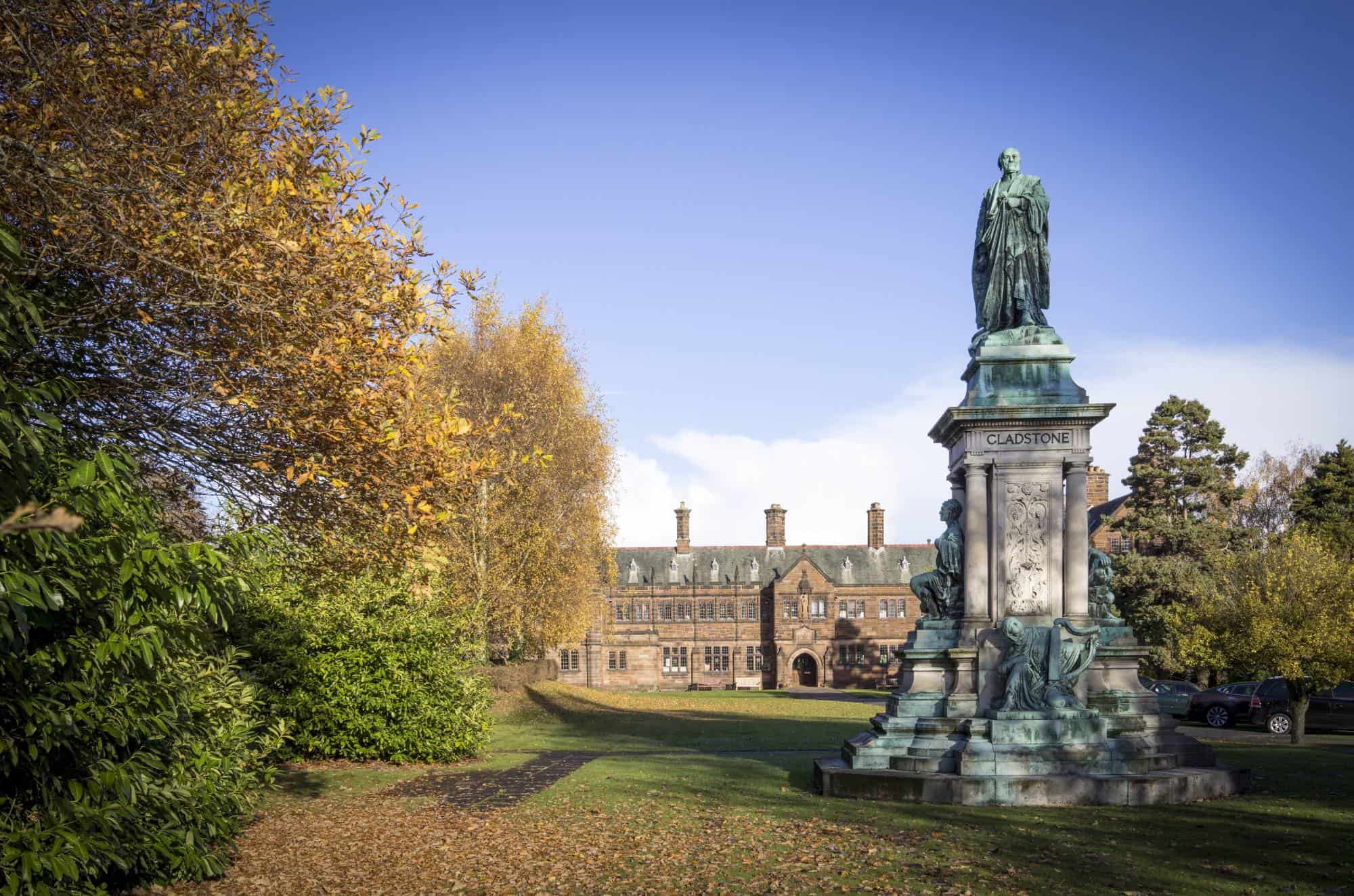
House prices are considerably lower than in England, meaning commuting across the border is a cost-effective option.
The closest town to the border is Connah’s Quay, which is roughly 6 miles away.
Other notable towns in Flintshire include Mold, Flint, Hawarden and Buckley.
Despite its name, Mold is a very quaint place to live with interesting history and good education facilities. It also benefits from the bustling cities of Chester, Liverpool and Manchester being on its doorstep. Schools, shops, a street market and a bustling high street are all there to cater for your daily needs.
As such, Flintshire is ideal for working families. Providing you settle in the east of the county, it’s easy to commute to England and well worth the saving you’d make on house prices.
Like most places in Wales, Flintshire has some great country parks and outdoor attractions. There’s also Greenacres Animal Park, which is perfect for kids, and St Winefride’s Shrine and Plas Teg Jacobean Mansion, both great for history lovers.
If you’re willing to drive for a day out, the neighbouring county of Denbighshire has some good attractions, too.
One town, Llangollen, sits on the UNESCO World Heritage Site canal route, has some amazing local scenery and is famous internationally as the home of the Llangollen International Musical Eisteddfod, an annual festival for singers and dancers from around the world.
Over five thousand singers, dancers and instrumentalists from around 50 countries perform to audiences of more than 50,000 over the 6 days of the event.
The atmosphere, the festive spirit and the love for music are palpable and the experience is unforgettable.
Final thoughts on the best places to live in Wales
Wales has enough variety to suit all needs and there are many more places worth considering.
Deciding where to live in Wales can be challenging, but there are easy ways to narrow your search.
You’ll likely choose South Wales or a county along the English border if you're a young working professional. But, if you’re a family or a retiree seeking quiet, rural living, consider moving to West Wales or North Wales.
Wherever you choose, spend some time looking around and scoping out the cost of living. Wales is cheaper than England and a great and inviting place to live.
You might find useful:
- Living In The UK – The Essential Guide For Expats
- 12 Things To Know About Living In Wales Before You Move
- Retiring To West Wales
- Didn’t find what you were looking for or need further advice? Comment with your question below and we will do our best to help.
Helpful external links:
- View data about schools in Wales and the schools' Estyn reports on My Local School Guide.
- Regional statistics on Wales, including health, prosperity, environment and infrastructure - the Welsh Government site.
- Wales regions and constituencies - Senedd Wales.
Secure Peace of Mind with Best-Value International Health Coverage
International Citizens Insurance provide free, no-obligation quotes from the leading international health insurance providers with plans tailored to meet your needs. Trusted by thousands of expats worldwide.




